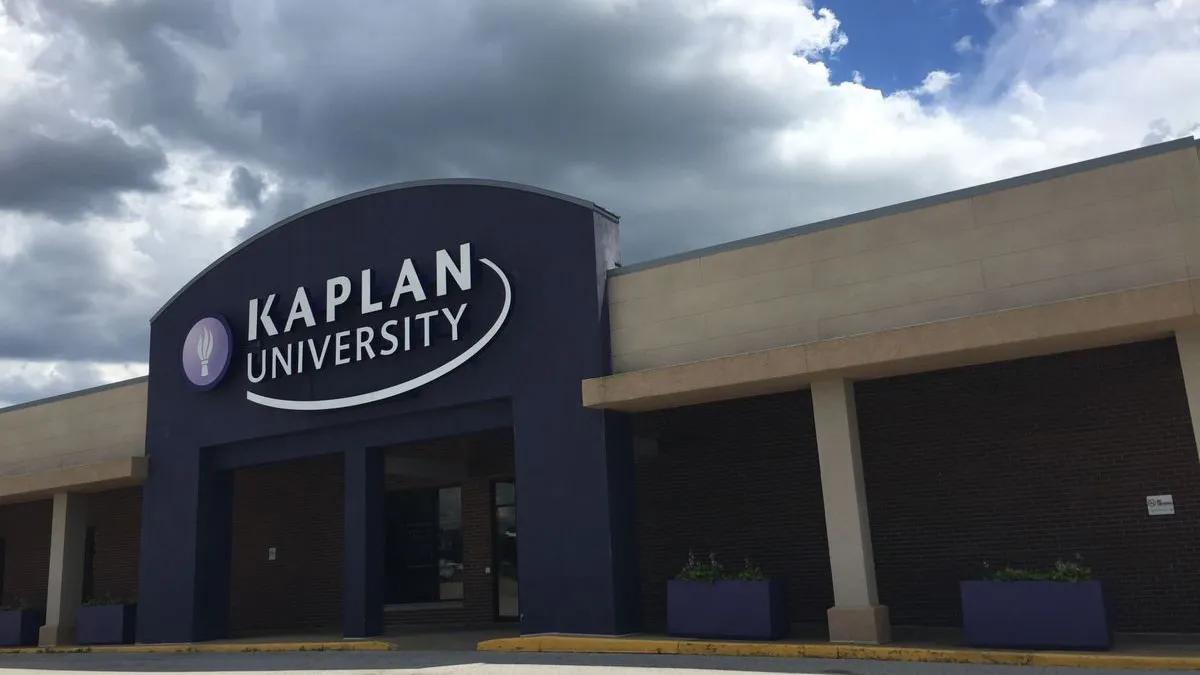Dive Brief:
- Purdue University Global, the institution formed by Purdue's groundbreaking acquisition of for-profit Kaplan University in April 2017, received final approval from the Higher Learning Commission Monday.
- The new public online institution will officially launch in April with Kaplan president Betty Vandenbosch serving as its chancellor. She will report to Purdue President Mitch Daniels and a board of trustees comprised of five Purdue trustees and one external member on the six-member board.
- Kaplan's existing 30,000 students will transition to Purdue Global, maintaining their current professors and programs of study but earning a degree bearing the name of the new institution, according to a statement from officials. Indiana residents will receive a 45% discount on tuition compared with the cost of tuition at Purdue's West Lafayette campus, and Purdue employees are eligible for free tuition.
Dive Insight:
There has been much scrutiny over Purdue's acquisition of Kaplan, as many observers have decried terms ranging from the deal's $1 price tag to the heavy involvement of Kaplan's for-profit arm in the administrative affairs of Purdue Global and the retention of Kaplan's president as its leader. And though there are stipulations about when and how much can be paid back to Kaplan's parent company, which is still responsible for "technology support, help-desk functions, human resources support for transferred faculty and employees, admissions support, financial aid administration, marketing and advertising, back-office business functions, international student recruiting and certain test preparation services," many have expressed concern that the deal is a back-door tactic to allow a for-profit to operate under the guise of a public institution.
Whichever way one chooses to view the deal, accreditation confirmation means the institution can move forward with a plan that will likely serve as a model for for-profit and traditional institutions alike in the years ahead. The fact remains that traditional institutions are way behind on online delivery and infrastructure and they lack the marketing and administrative support that has been a strength of for-profits.
On the other hand, the for-profits lack a stellar reputation and often draw scrutiny over the strength of their academics, which has traditionally been the biggest draw of traditional non-profit institutions. Now, the deal that shook up higher education in 2017 serves as an example of how both sectors can come together to ensure survival and combine strengths to provide an even better product to students looking for both flexible academic options and reputable brands atop their degrees.














